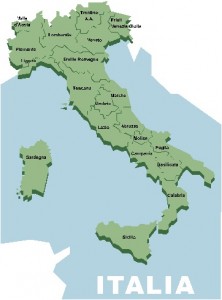If you look at the stats below, you get a sense of understanding how important social networks have become in our lives. Interestingly, even more ‘private’ topics such as politics and religion are being discussed, even more so in countries like Tunisia, Jordan or Egypt.
Knowing how to build communities and to nurture them; more importantly, how to communicate across cultures and borders becomes an essential skill in today’s connected world. Relationships are becoming more complex as often people communicating with each other don’t necessarily have the opportunity to see themselves.
But: as I wrote in an earlier post about the components of communication, 55% of the non-verbal aspects actually contribute to the understanding of what your counterpart is saying and 38% of the paraverbal. Hence, when communicating in social networks where usually you cannot see your discussion partner, the tone of your message, character fonts, drawings, diagrams, colours, italics or highlights are extremely important.
Understanding your target audience and their culture plus choosing the right tone and message is a must when building relationships in the business world but also privately.
I am extremely happy to be able to speak about this exciting subject in London on the 21st of February. Looking forward to seeing you there and if not, please stay tuned as we will be setting up tailored webinars to follow-up on the conference around three major topics:
- Social networking across cultures and platforms
- How to use social media effectively across cultures for Internationalization, Marketing and Strategic Communication
- Using Social Media for Community Management
Jenny









